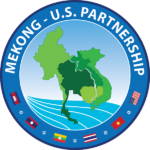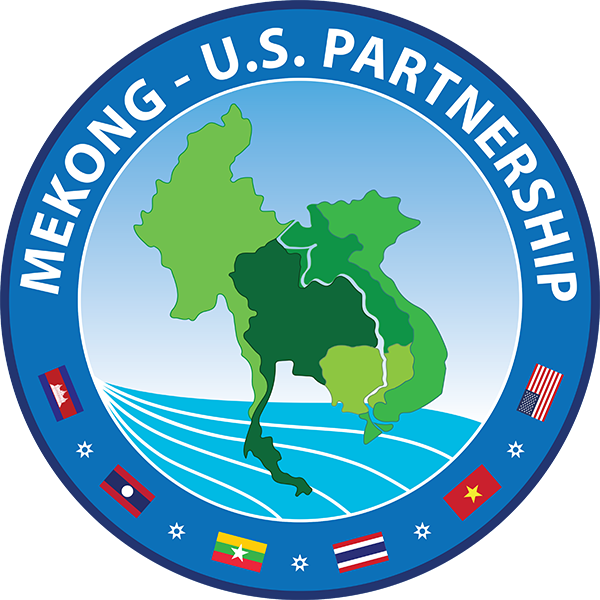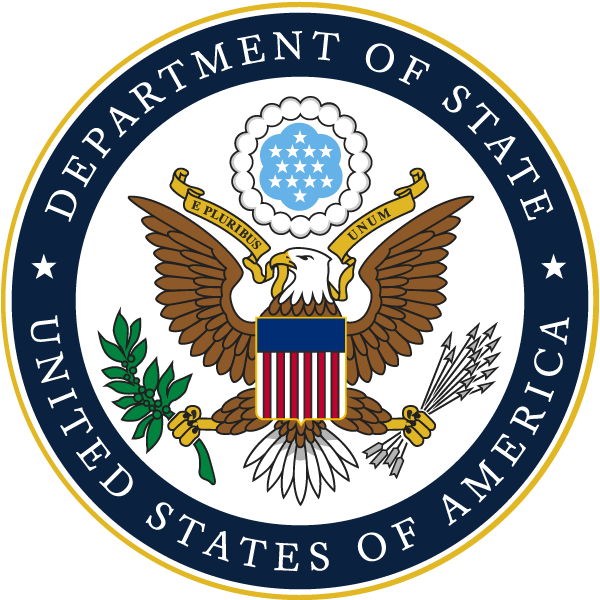From April 21 to May 3, experts from the USAID Low Emissions Asian Development program and U.S. Forest Service trained 38 Cambodian participants from eight government agencies and three universities on how to measure the amount of carbon stored in mangroves and other forested wetlands.
The 11-day, intensive field training in Koh Kong Province, Cambodia, is part of efforts to support wider dissemination across Asia of a new global protocol developed by the USAID-supported Sustainable Wetlands Adaptation and Mitigation Program program for carbon accounting of mangroves and other forested wetlands.
Mangrove forests are among the most carbon-rich habitats on the planet and can quickly remove carbon dioxide from the atmosphere and permanently store large amounts of carbon. In addition to classroom lectures on the Sustainable Wetlands Adaptation and Mitigation Program methodology and the importance of including mangroves in reporting through national greenhouse gas emissions inventories, participants undertook field data collection in real mangrove ecosystems and learned how to process field samples and make preliminary calculations of carbon stocks.
Sustainable Wetlands Adaptation and Mitigation Program is a collaborative effort by the Center for International Forestry Research, the U.S. Forest Service, and Oregon State University, with support from USAID. The USAID Low Emissions Asian Development program is also developing a simplified, multimedia version of the field training components of the Sustainable Wetlands Adaptation and Mitigation Program protocol to make it more accessible to stakeholders in Asia.
Source: USAID/RDMA Regional Environment Office Weekly Update
 Mekong - U.S. Partnership
Mekong - U.S. Partnership


